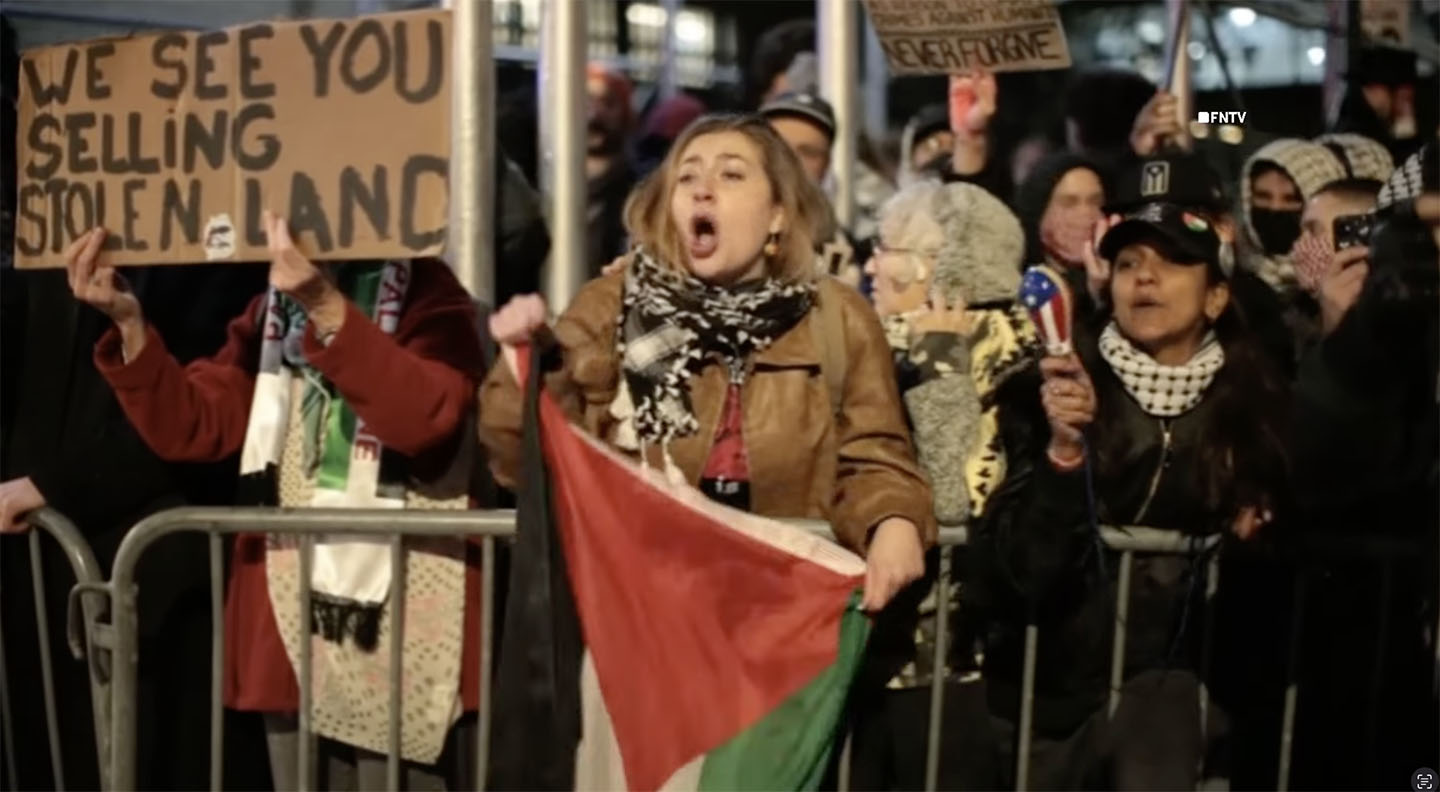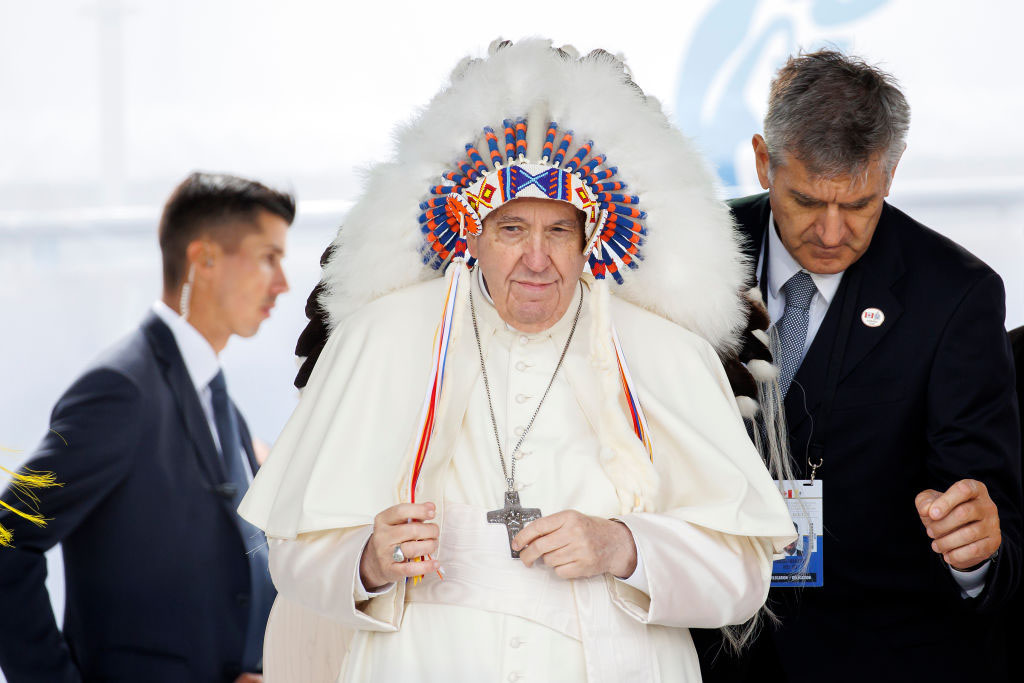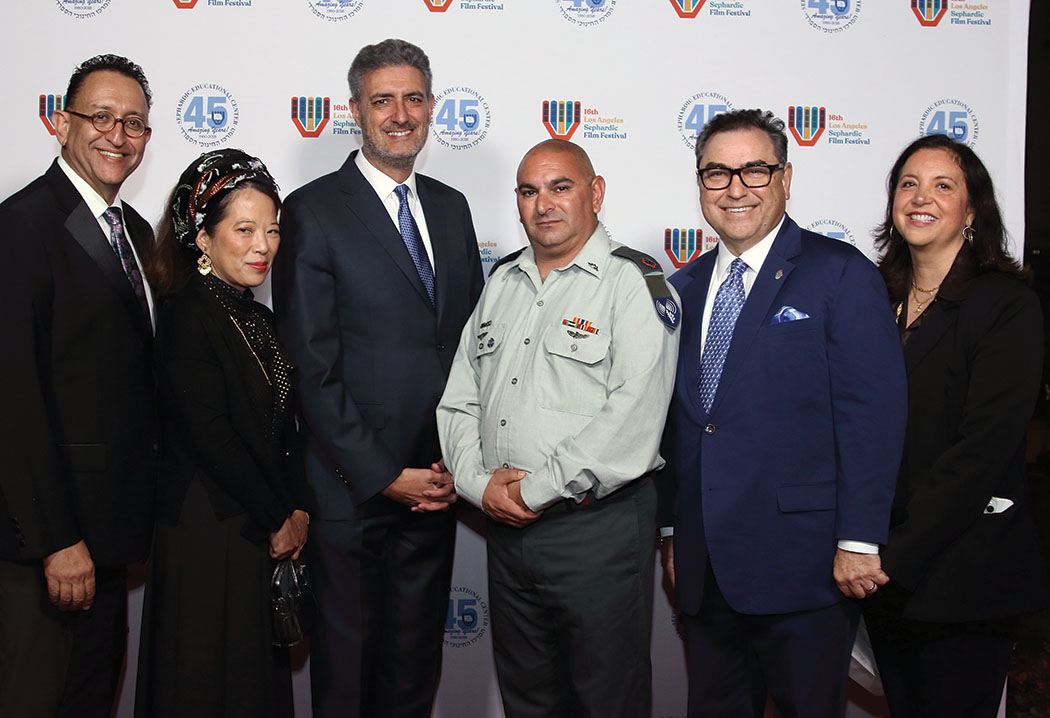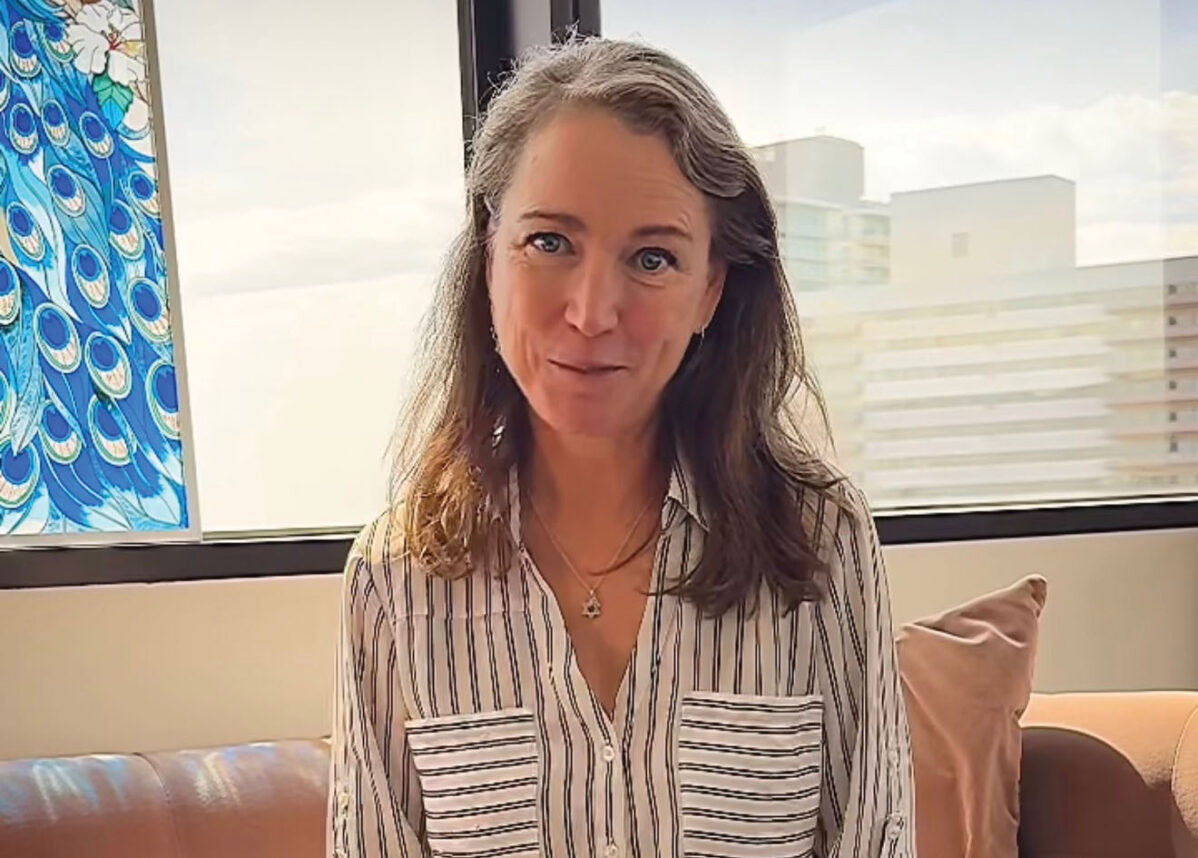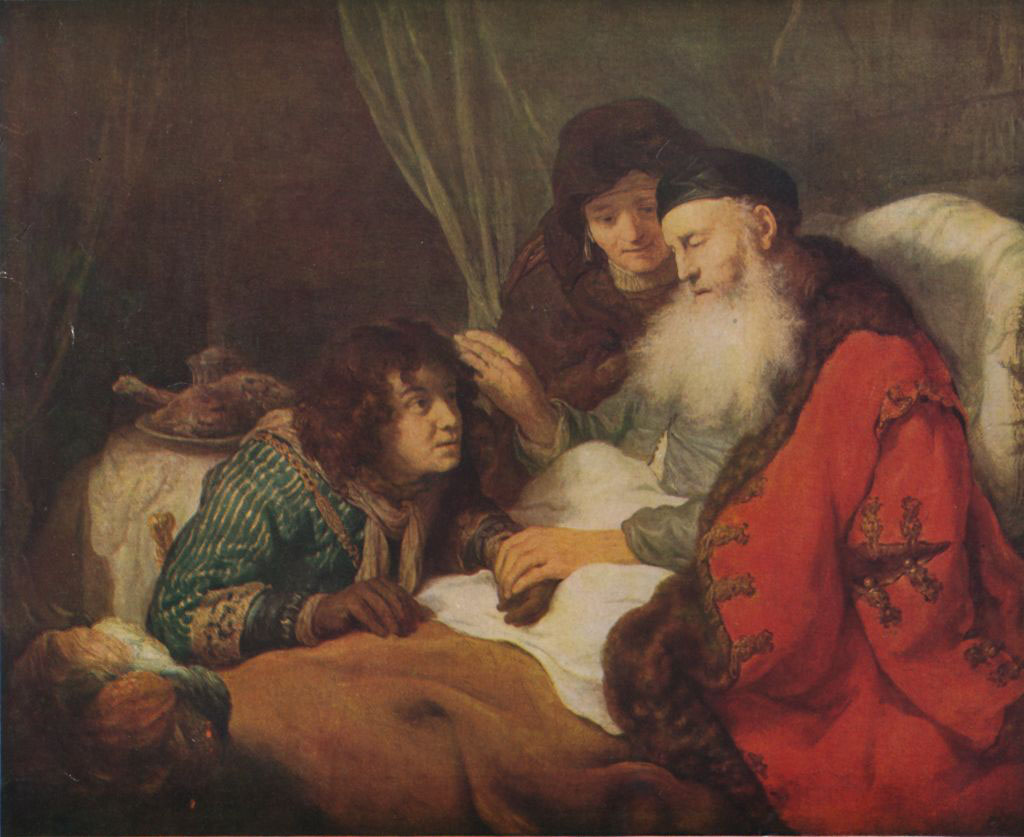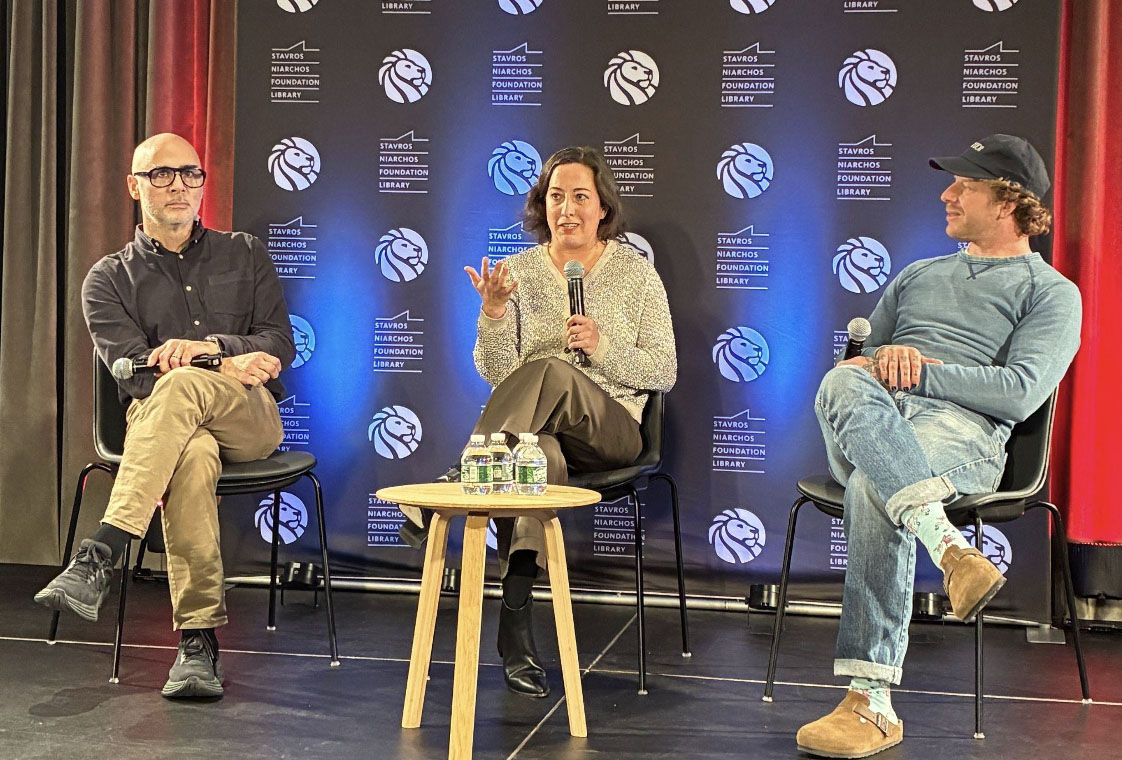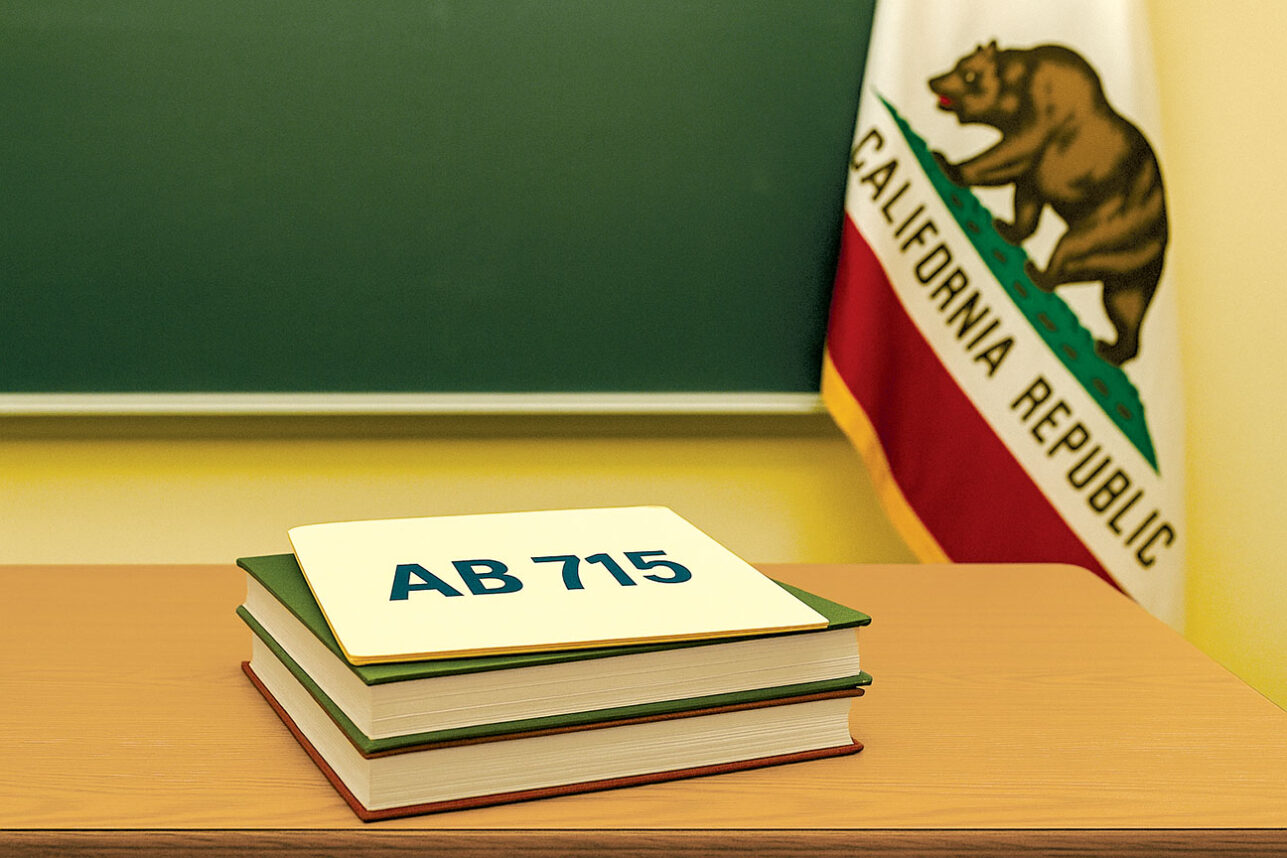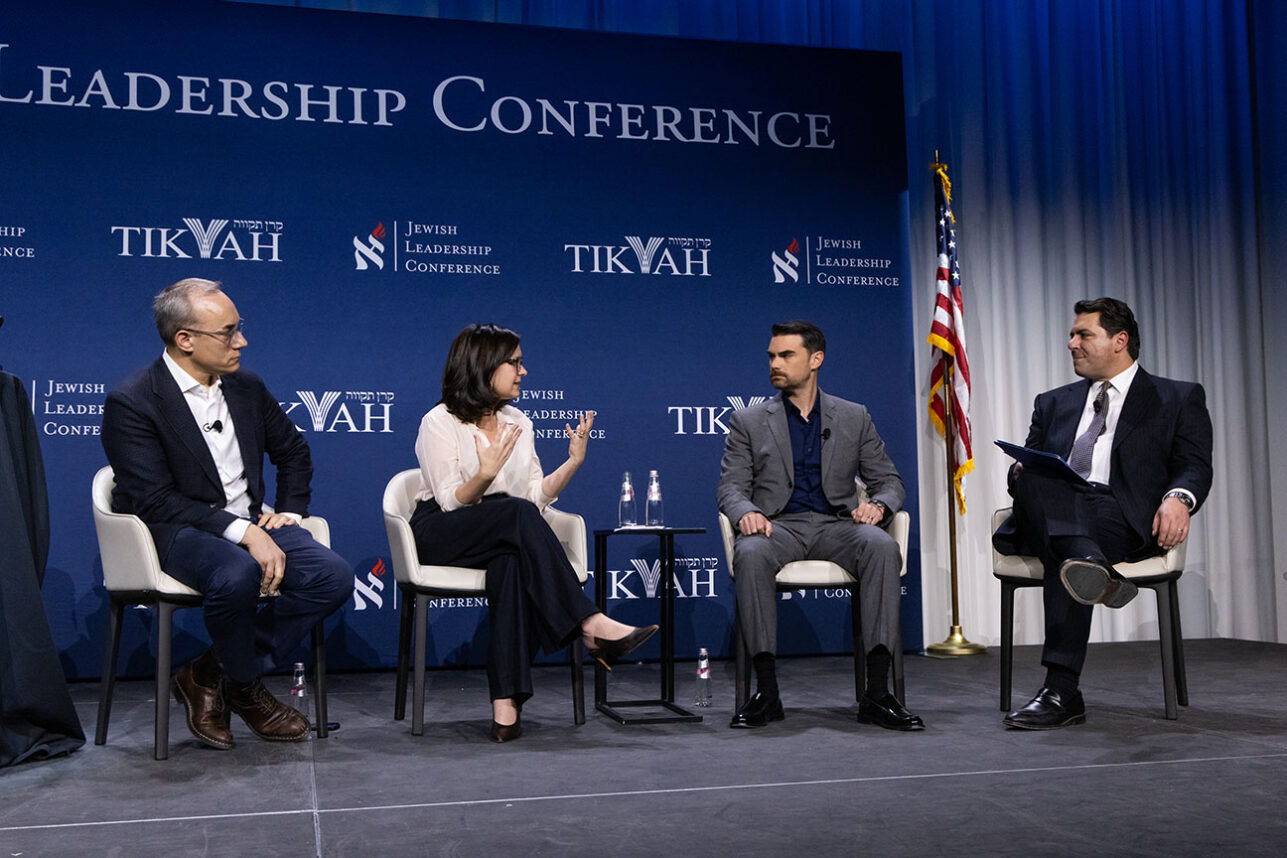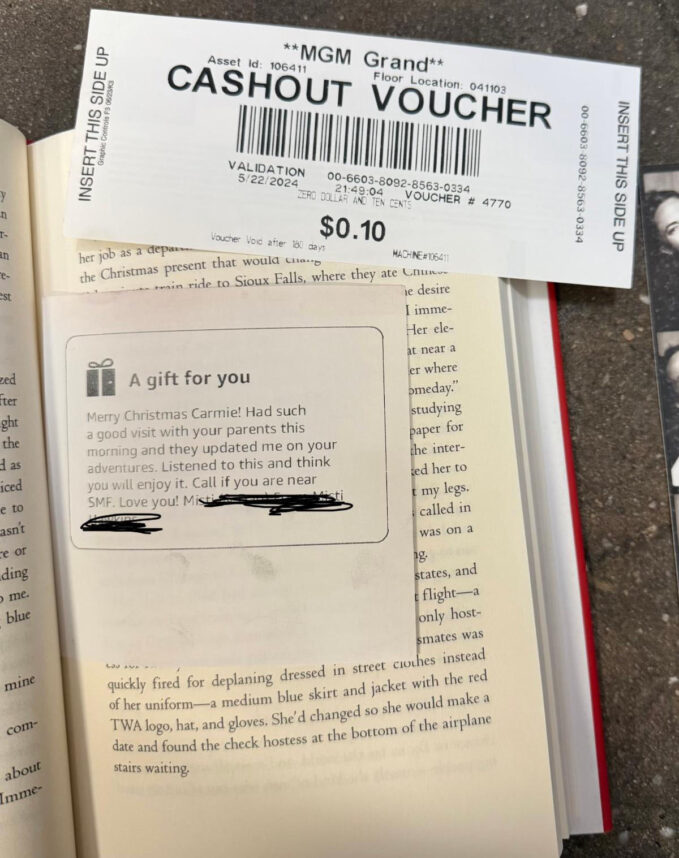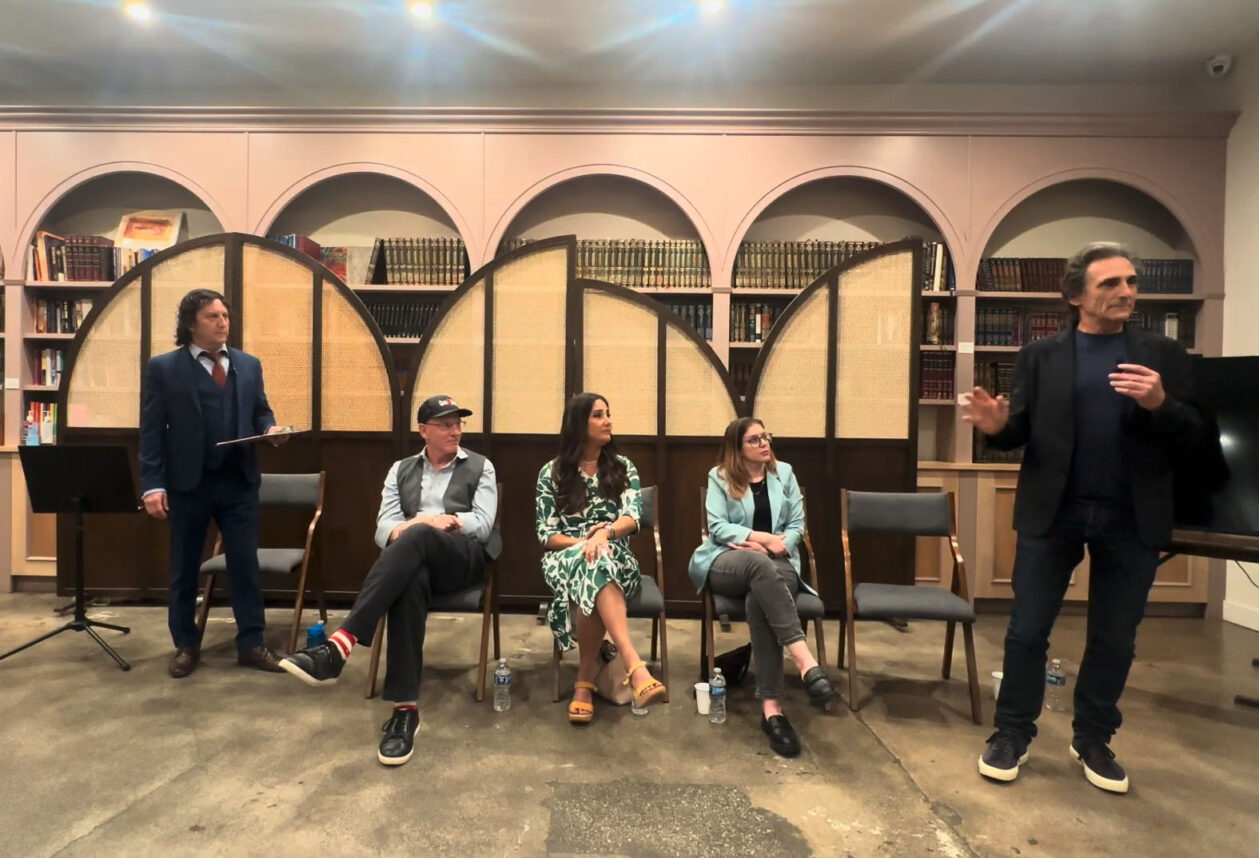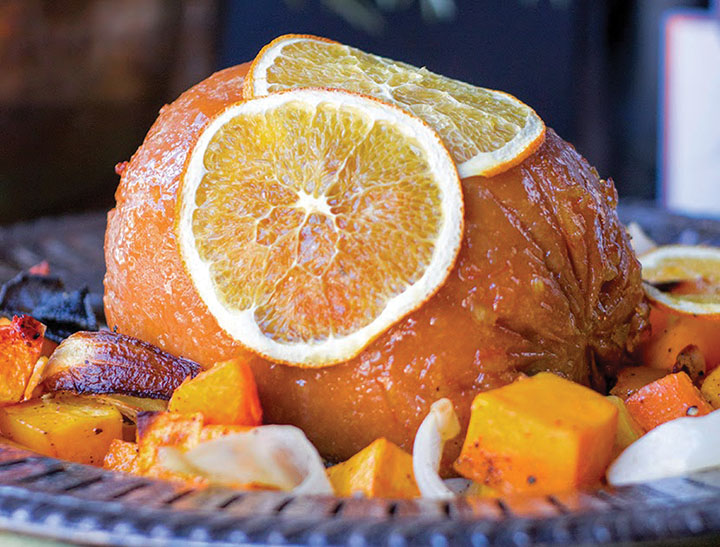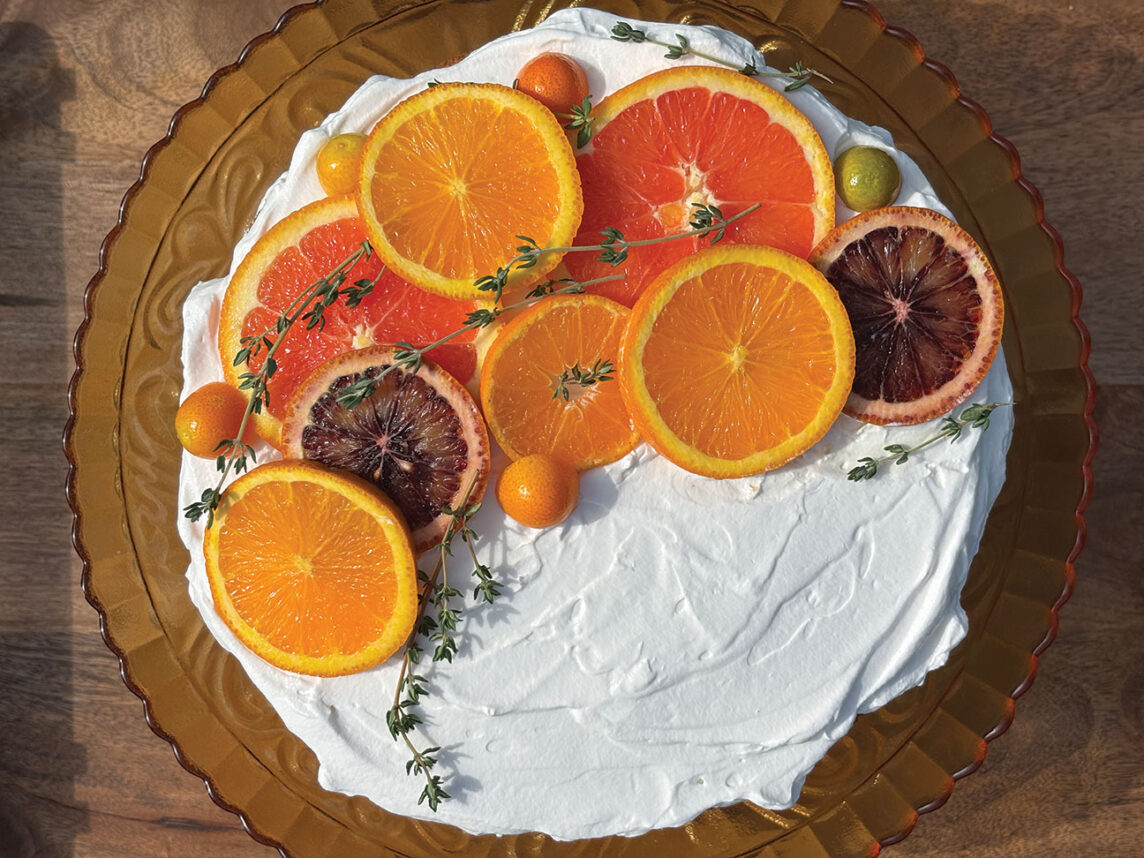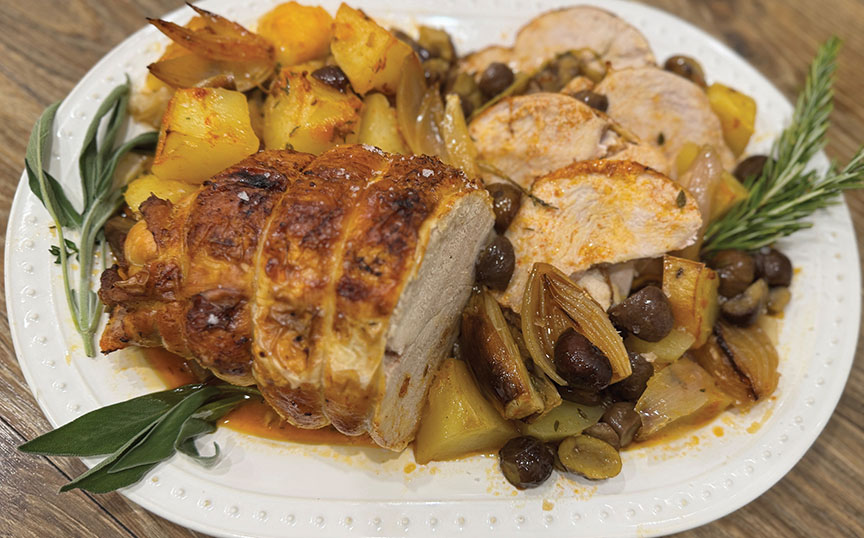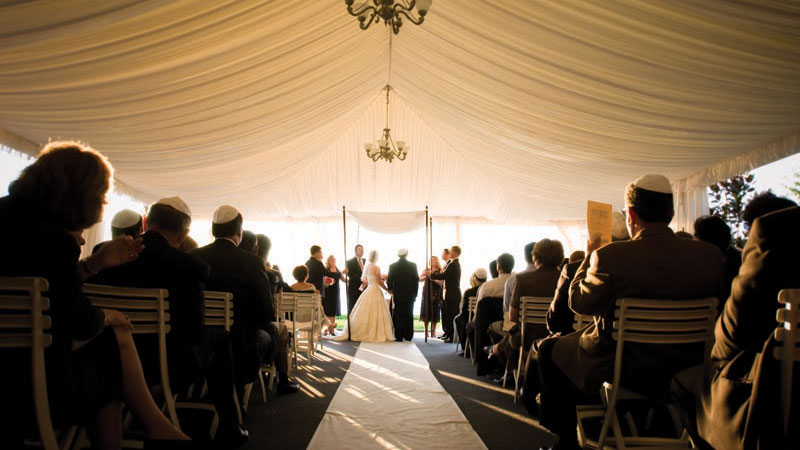
It’s one of the most recognized rituals of a Jewish wedding — and it’s long been stoked with controversy. Under the wedding canopy, the bride circles the groom seven times. Why seven — and why even do this at all?
And is there wisdom in this tradition that can help engage with Simchat Torah this year?
As Rabbi Zvi Ron notes in his fascinating new book “Jewish Customs: Exploring Common and Uncommon Minhagim,” the earliest source to mention this practice is the Torah commentary by Dosa the Greek composed in 1430. Dosa recounts that in Austria he had been at a wedding at which the bride circled the groom three times (not seven). When asked why it was done, he was told it was based on Jeremiah 31:21’s prophetic vision of a redemptive time in which the relationship of God and the Jewish people will be repaired: “How long will you wander, unfaithful Daughter Israel? The Lord will create a new thing on earth — the woman will return to/encircle the man.”
Uncommon at the time and unmentioned in the major books of customs from that era, the custom seems to have subsequently spread from Austria. Supplemental understandings of its symbolism swiftly followed.
Since the context in Jeremiah’s prophecy was of the messianic era, weddings in which it is invoked came to be seen as auspiciously associated with the hastening of the ultimate redemption.
Other scholars noted a textual allusion that precedes Jeremiah: the Torah uses the expression “When a man marries a woman” three times in Deuteronomy 22:13, 24:1 and 24:5. Also, Hoshea has three mentions of betrothal in 2:21–22’s, “And I will betroth you forever, I will betroth you with righteousness and justice, and with goodness and mercy; And I will betroth you with faithfulness, then you shall be devoted to the Lord.”
In the mid-to-late 1800s and early 1900s, commentators added that the circles symbolize the three camps that surrounded the Ark of the Covenant in the wilderness – those of the Priests, Levites and Israelites, or the layers of darkness, cloud and fog that surrounded the Divine Presence amidst that arduous journey.
The 20th century has brought its own theories. Joshua Trachtenberg, in his classic “Jewish Magic and Superstition” noted that the Talmud records “Three people require guarding: A sick person, a groom, and a bride.” Rashi there explains that protection is needed from evil spirits. Trachtenberg therefore suggests the circling “was probably originally intended to keep off the demons” thought to attack in vulnerable moments, by constructing a protective barrier.
The shift from three to seven seems to have emerged as a folk custom in the late 19th century. Even then it was not immediately prevalent. Ron quotes Yitzhak Zvi Levovitch, who reported that in 1930s Hungary the custom was still to circle three times.
Once seven became the predominant number, the circles came to represent the seven days of the week (in which case the bride was understood on some level to represent Shabbat). Alternatively, it was corresponding to the seven times the word “kol,” voice, is mentioned in Psalm 29, which concludes with a statement that can serve as a blessing to the newlyweds, “The Lord will give strength unto His people; the Lord will bless his people with peace.”
Yona Metzger, in his book “In the Circles of Life,” offers a psychological take. He explains that the bride circles the groom seven times in order to break down the barriers between them, as with the walls of Jericho that came down in the Book of Joshua after seven circles were made around them by the Israelites entering the Promised Land.
Ultimately, Ron concludes that the numeric increase emerged from another instance of joyous circling — that of Sukkot and Simchat Torah. The Mishnah in Tractate Sukkah reports that in the Temple’s time the altar was circled seven times on Sukkot’s last day, Hoshana Rabba. This was replicated in synagogues, following the Temple’s destruction, as a remembrance of the past. Saadia Gaon reported a custom to circle the bimah three times each of Sukkot’s middle days, and seven on Hoshana Rabba. Although this would universally shift to once a day during the middle days, there was, already in this context, three associated with seven. The practice of circling seven times was carried over into Simchat Torah by Isaac Luria, known as the Ari.
“It is not unusual that the circles made by the bride would shift from three to seven over time,” Ron concludes, “especially considering that seven was already a significant number in connection to weddings, with the seven blessings and seven days of celebration.”
The origins of this curious wedding custom can offer solace as we celebrate Simchat Torah for the first time since Hamas’ Oct. 7 attack. Our seven circles of dancing will offer us the opportunity to reaffirm our national commitments to each other and to God – a relationship everlasting, in sickness and in health.
Uncovering the origins of this curious wedding custom then, perhaps can offer solace as we celebrate Simchat Torah for the first time since Hamas’ Oct. 7 attack. Our seven circles of dancing will offer us the opportunity to reaffirm our national commitments to each other and to God – a relationship everlasting, in sickness and in health.
Rabbi Dr. Stuart Halpern is Senior Adviser to the Provost of Yeshiva University and Deputy Director of Y.U.’s Straus Center for Torah and Western Thought. His books include “The Promise of Liberty: A Passover Haggada,” which examines the Exodus story’s impact on the United States, “Esther in America,” “Gleanings: Reflections on Ruth” and “Proclaim Liberty Throughout the Land: The Hebrew Bible in the United States.”











